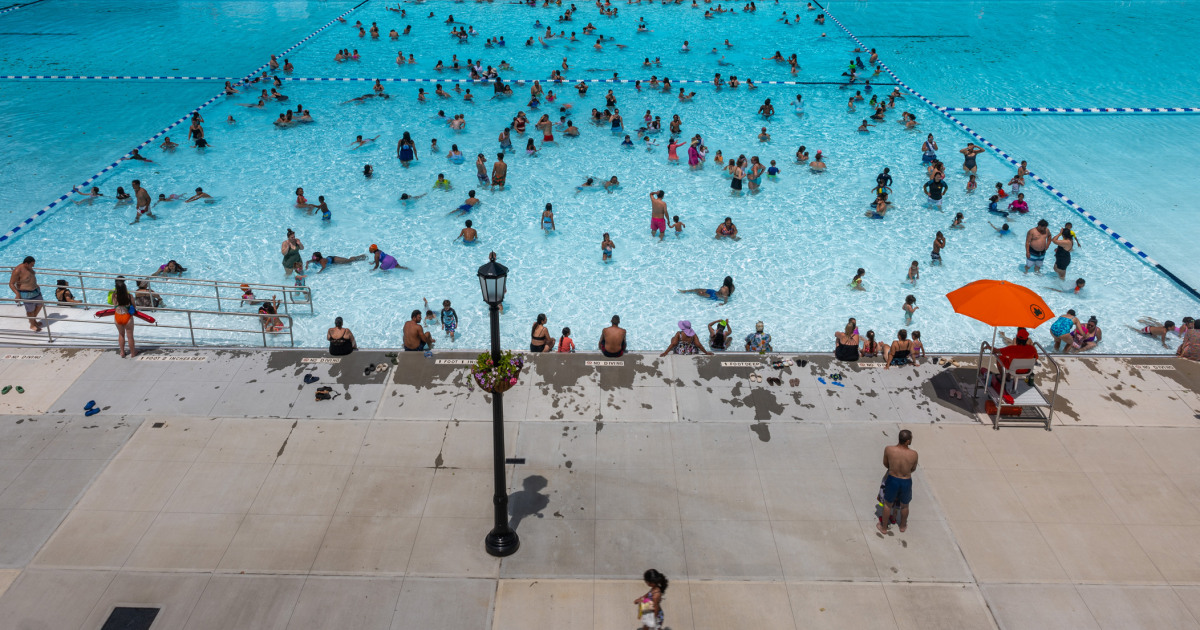
The Summary
- In a survey, nearly a quarter of U.S. adults without a college degree said they had no close friends.
- People without a college degree also reported less participation in social activities like going to parks or restaurants than college-educated adults.
- The findings come amid a documented rise in loneliness and social isolation.
Nearly all U.S. adults used to have close friends.
In 1990, the share of the population that said they didn’t was low and roughly the same no matter one’s education level: just 2% for people with college degrees and 3% for those without.
But a recent survey suggests that share has risen overall, particularly among those who did not graduate college — creating a kind of class divide in people’s level of social engagement and connection. Nearly a quarter of U.S. adults with a high school diploma or lower education level said they had no close friends. The number was even higher for Black adults in that group: 35%.
Just 10% of those with a college degree said the same.
The findings come from a survey of around 6,600 adults conducted by the Survey Center on American Life, a nonprofit that researches how people’s lives are shaped by culture, politics and technology.
“Our social fabric seems to have two layers now,” said Daniel Cox, the center’s director and a co-author of a report published this week summarizing the findings. “It has one for college-educated folks that seems to be relatively intact, and then one for those without college degrees, which seems to be in tatters.”
There’s been considerable decline and atrophy in American social connection.
Daniel Cox , director of the Survey Center on American Life
The findings come amid a documented rise in social isolation nationwide. Around 30% of adults say they’ve felt lonely at least once per week over the past year, and 10% say they’re lonely every day, according to a January poll from the American Psychiatric Association.
The U.S. Surgeon General declared loneliness an epidemic last year, citing its links to heart disease, stroke, dementia and premature death. San Mateo County, California, which includes part of Silicon Valley, subsequently declared a public health emergency over high rates of loneliness among residents.
“There’s been considerable decline and atrophy in American social connection,” said Cox, who is also a senior fellow of polling and public opinion at the conservative Washington think tank American Enterprise Institute, adding that although the pandemic helped bring the issue to light, “this decline had gone on for decades before.”
He offered a few ideas that might explain the trend. One is that being alone is less boring now, thanks to video games and streaming services, so people may be less likely to join social groups or spend time with friends or family. Another is that for those without a college degree, there are fewer opportunities to engage in social activities, perhaps because their access to free public spaces is more limited or they lack the time or money to frequent venues like bars and restaurants.
Cox’s survey found that college-educated adults were more likely to go to restaurants or coffee shops and to strike up conversations with neighbors, compared to people without a college degree. They were also more likely to be members of a neighborhood association, sports league or hobby group (like a book club or regular poker game).
“We put so much of the onus of creating and maintaining friends on individuals instead of institutions,” Cox said. “We’ve shifted all the work, all the effort, onto individuals who now have to coordinate, organize, schedule their social engagements, as opposed to having them occur organically out of the things that they’re already doing.”
People with a college degree were also more likely to be part of a labor union or to regularly attend church, the survey found — two venues that have historically given people with less formal education opportunities to socialize.
The survey even found an educational divide when it comes to free public venues like libraries and parks. Nearly 4 in 10 college-educated adults said they had visited a park or community garden at least once a month in the past year, compared to less than a quarter of those without a college education. And nearly half of college graduates said they had visited a library at least a few times in the past year, compared with a quarter of adults with a high school diploma or less.
“The places that are legitimately free — community centers and libraries — their hours of operation aren’t regular enough for a lot of folks,” Cox said. “Many of those places are closed in the evenings, and then there’s just not enough of them to meet the need.”
Part of the issue may have to do with geography: A 2022 study found that neighborhoods with higher poverty rates have fewer public gathering spaces. And many communities don’t have the money to invest in their public spaces, Cox said.
Limited free time and poor access to transportation likely play a role, as well, said Adam Roth, an assistant professor of sociology at Oklahoma State University, who wasn’t involved in the survey.
“If you live out in the suburbs and you have to change buses or trains or get in your car and do that however-long commute, that is going to be a prohibitive factor,” Roth said.






